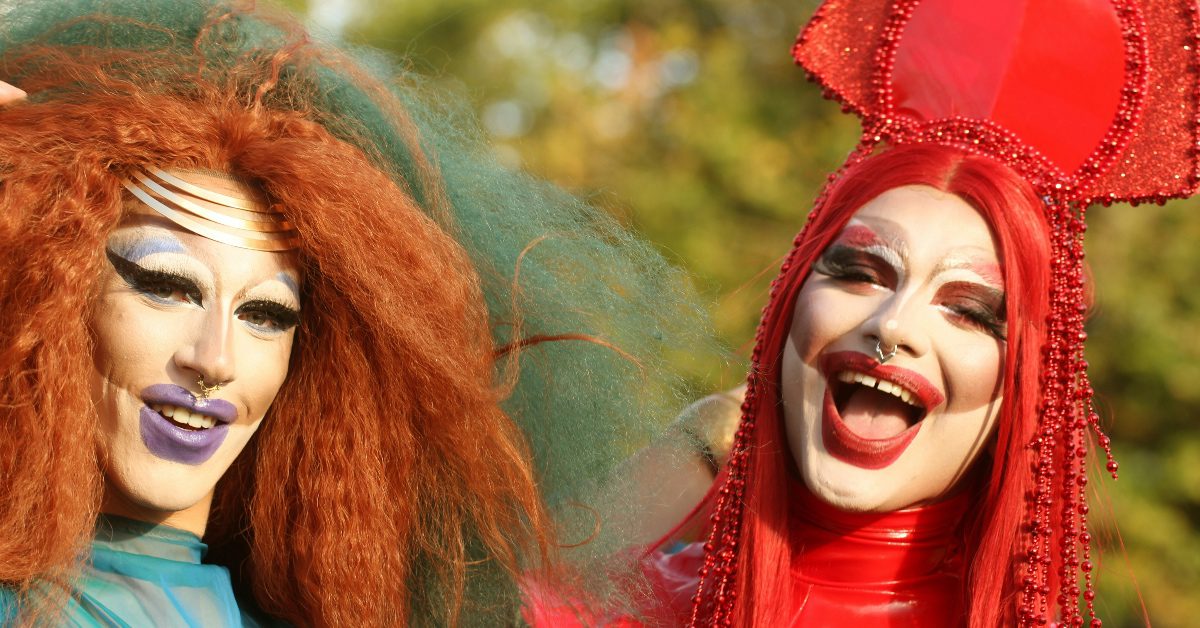BY: Sierra Kennedy
Published 3 months ago

As the film industry evolves, there’s a noticeable shift towards more inclusive storytelling, particularly when it comes to LGBTQIA+ narratives. The recent buzz surrounding the Omar Apollo, Daniel Craig “Queer” sex scene is a testament to this progress. It’s a bold move that reflects a growing acceptance and normalization of queer relationships on the big screen.
The inclusion of gay characters and intimate scenes in mainstream cinema sends a powerful message about representation. It not only provides visibility for the LGBTQIA+ community but also challenges traditional stereotypes. This gradual but steady transformation in Hollywood signifies a broader cultural shift towards diversity and inclusivity. Let’s dive more into the film and the current status of LGBTQIA+ representation in film.
Spotlight on ‘Queer’
View this post on Instagram
First, a little background on Luca Guadagnino’s “Queer.”
Based on William S. Burroughs’ 1985 novel, “Queer” tells the story of Lee (Daniel Craig), who escapes a drug bust in New Orleans during the 1940s and finds himself in Mexico City. He becomes infatuated with Allerton (Drew Starkey), a former American Navy serviceman.
Apollo’s character appears as one of Lee’s conquests, for which the Grammy-nominated artist turned actor had to do some serious preparation.
“I got down to 181 when the movie came. I lost 20 pounds because I read in the script that my character had a flat brown stomach,“ Apollo told his co-star Starkey for Interview Magazine. “I was like, ‘Damn, I’m actually not flat right now.‘ I had to get it together, and I was on tour with SZA. Luckily, I didn’t have that many lines.”
Inside the Scene
View this post on Instagram
Aside from the physical lengths actors go through to fit the visual character requirements, there are also emotional and mental aspects.
The preparation for the Omar Apollo-Daniel Craig “Queer” sex scene included extensive discussions and rehearsals. Craig and Starkey also worked on their off-screen chemistry via dance classes to delve deep and bring genuine emotion to their performances.
“It broke the ice with the two of us,“ Craig said in an interview with NBC News. “We worked very hard together and so we just sort of threw ourselves into it, into kind of, you know, into the whole thing.“
His approach underscores the importance of authenticity in portraying LGBTQIA+ relationships, ensuring they resonate with audiences on a deeper level. Budding filmmakers can take note of how dedication to a respectful portrayal can contribute to a more inclusive industry.
LGBTQIA+ Inclusivity in Film
View this post on Instagram
Recently, there’s been a deliberate shift towards inclusivity, with filmmakers and actors alike striving to represent a broader spectrum of love stories.
Movies like “Queer” aren’t merely ticking boxes; they’re weaving gay storylines with depth and nuance, incorporating intimate moments that feel real and resonate deeply with audiences.
Where once these scenes were either softened or outright omitted, today’s films are unapologetically incorporating queer sex scenes, portraying them with the same care and intensity as their heterosexual counterparts.
Recent films such as “Call Me By Your Name” and “Moonlight” have been pivotal in this regard. For instance, “Call Me By Your Name,” another project helmed by Luca Guadagnino, delves deeply into the complexities of a gay relationship set against the stunning backdrop of 1980s Italy.
Meanwhile, “Moonlight” offers a poignant exploration of African American male identity and sexuality, winning the Academy Award for Best Picture for its bold and heartfelt storytelling.
Directors like Luca Guadagnino and actors such as Apollo and Craig are at the forefront of this movement. Their work underscores the importance of visibility and the power of storytelling in fostering empathy. The inclusion of gay sex scenes in films like Queer is about representation and normalizing queerness.
Are you excited to see “Queer?” Comment below!









